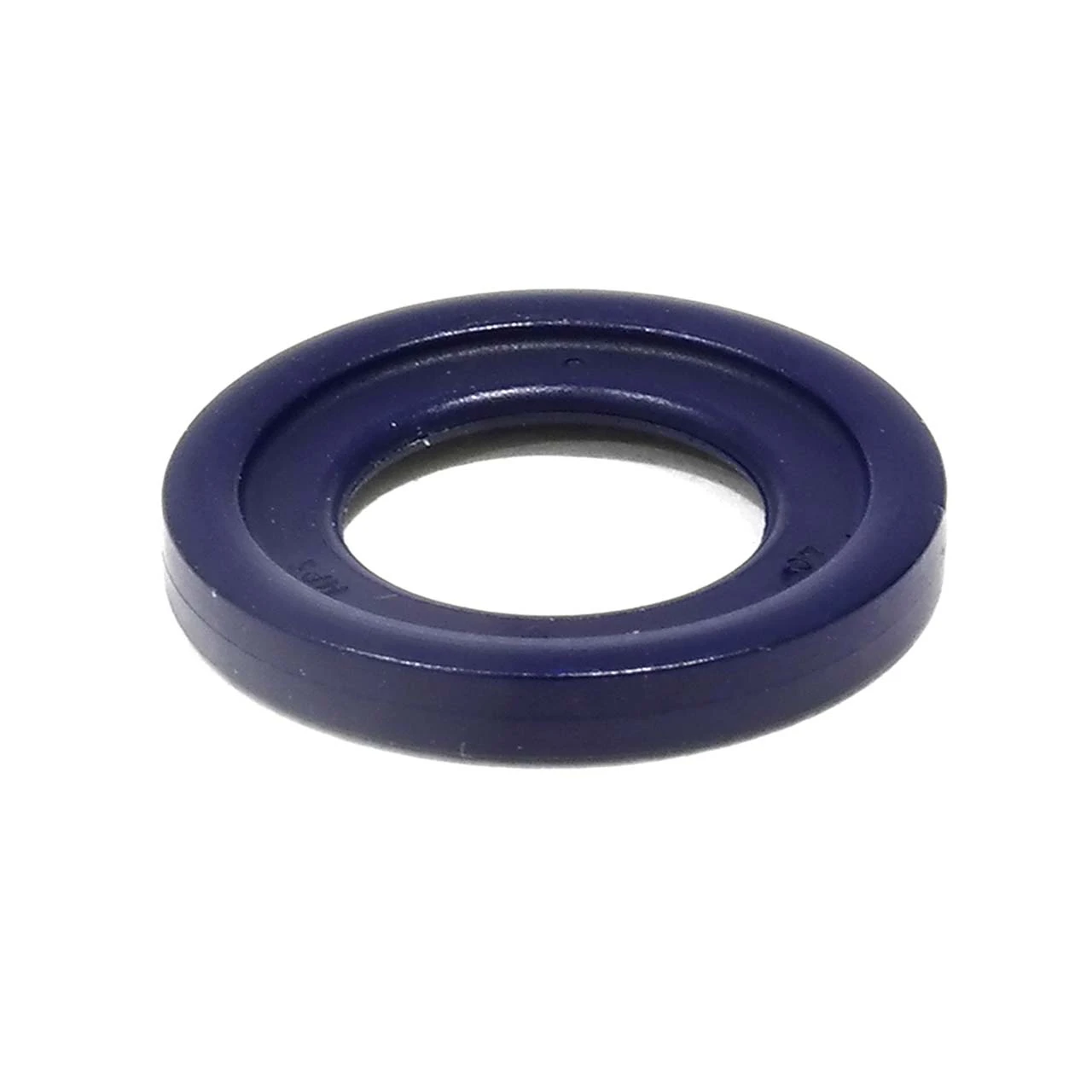Enhanced Sealing Solutions for 727% Shift Shaft Applications in Automotive Engineering
Understanding the 727 Shift Shaft Seal Importance and Maintenance
The 727 shift shaft seal is a crucial component in the transmission of certain vehicles, particularly those equipped with Chrysler’s Torqueflite 727 automatic transmission. This seal plays a vital role in maintaining fluid integrity and preventing leaks, which can lead to more significant mechanical problems if not addressed promptly. Understanding its function, importance, and maintenance can help car owners extend the life of their transmissions and ensure optimal vehicle performance.
What is the 727 Shift Shaft Seal?
The 727 shift shaft seal is designed to encase the shift shaft, which is a pivotal part in the transmission system. Its primary function is to retain transmission fluid within the transmission case while allowing the shift shaft to move freely as the vehicle changes gears. Made from durable materials, these seals are engineered to withstand high temperatures and pressures that occur during the vehicle's operation.
Importance of the 727 Shift Shaft Seal
The integrity of the shift shaft seal is vital for several reasons
1. Fluid Retention A functioning seal prevents transmission fluid leaks, which can lead to inadequate lubrication and cooling of the transmission system. Insufficient fluid levels can result in overheating and, ultimately, severe damage to the transmission.
2. Performance A faulty or worn seal can lead to erratic shifting or difficulty in engaging gears. This not only affects driving comfort but can also impact the vehicle’s performance and fuel efficiency.
3. Prevention of Contamination The seal also prevents dirt and debris from entering the transmission system. Contaminated fluid can damage internal components, leading to costly repairs.
4. Vehicle Longevity Regular maintenance of the shift shaft seal contributes to the overall longevity of the vehicle's transmission, which is one of the most expensive components to replace or repair.
727 shift shaft seal

Signs of a Failing Shift Shaft Seal
Recognizing the early signs of a failing shift shaft seal is important for maintaining the health of your transmission. Some indications may include
- Fluid Leaks Puddles of red or brown transmission fluid under the vehicle can be a clear sign of a failing seal. - Delayed Engagement If there is a noticeable delay when shifting from park to drive or reverse, the shift shaft seal may need inspection or replacement. - Erratic Shifting Difficulty in shifting gears or slipping between gears can indicate issues with the transmission, potentially linked to the shift shaft seal.
Maintenance and Replacement
Maintaining the shift shaft seal is typically a part of routine transmission maintenance. It is advisable to check the condition of the seal during transmission fluid changes or other major service intervals. If the seal shows signs of wear or damage, it’s crucial to replace it promptly to avoid further transmission issues.
To replace the shift shaft seal, the following steps are generally taken
1. Drain Transmission Fluid This is essential to prevent spills and to work safely. 2. Remove the Transmission Pan Access to the shift shaft seal is often gained through the removal of the transmission pan. 3. Replace the Seal Carefully remove the old seal and install a new one, ensuring a proper fit to avoid leaks. 4. Reassemble and Refill Once the seal is replaced, the transmission pan is reinstalled, and fresh transmission fluid is added.
Conclusion
In summary, the 727 shift shaft seal is an integral part of a vehicle's transmission system that should not be overlooked. Regular maintenance and prompt attention to any signs of failure can significantly enhance the performance and longevity of your vehicle. By understanding its role and how to care for it, car owners can ensure that their transmissions remain in optimal condition, which ultimately leads to a safer and more reliable driving experience.
-
Simplifying Oil Changes: A Comprehensive Guide to Oil Drain Plugs and Their Variants
News Aug.04,2025
-
Mastering Oil Drain Maintenance: Solutions for Stripped, Worn, and Upgraded Oil Plugs
News Aug.04,2025
-
Fixing Oil Pan Plug Issues: Leaks, Stripped Nuts, and the Right Replacement Solutions
News Aug.04,2025
-
Everything You Need to Know About Oil Drain Plugs: Sizes, Fixes, and Upgrades
News Aug.04,2025
-
Choosing the Right Oil Drain Plug: A Guide to Sizes, Materials, and Drain Innovations
News Aug.04,2025
-
A Complete Guide to Automotive Drain Plugs: Types, Problems, and Innovative Solutions
News Aug.04,2025
-
The Ultimate Guide to Car Repair Kits: Tools and Essentials Every Driver Should Own
News Aug.01,2025
Products categories















